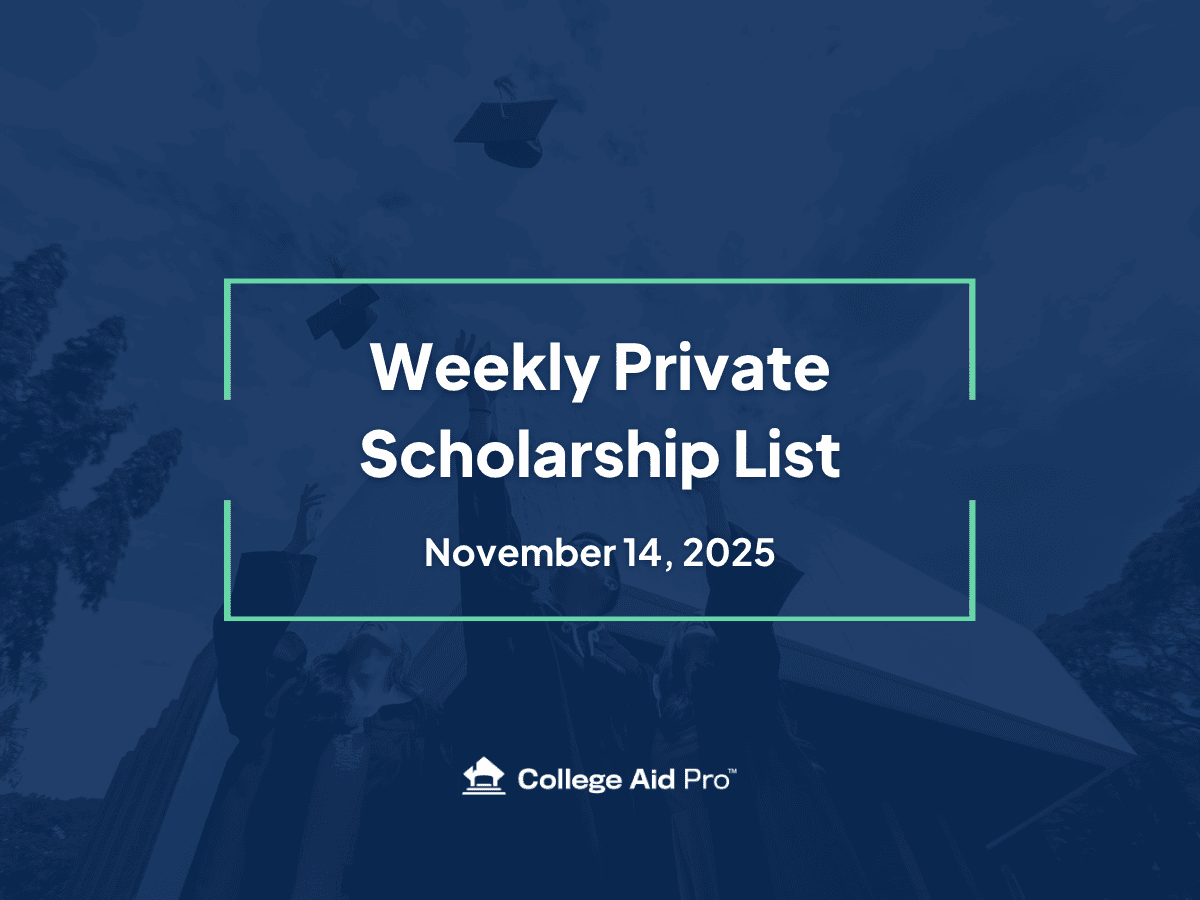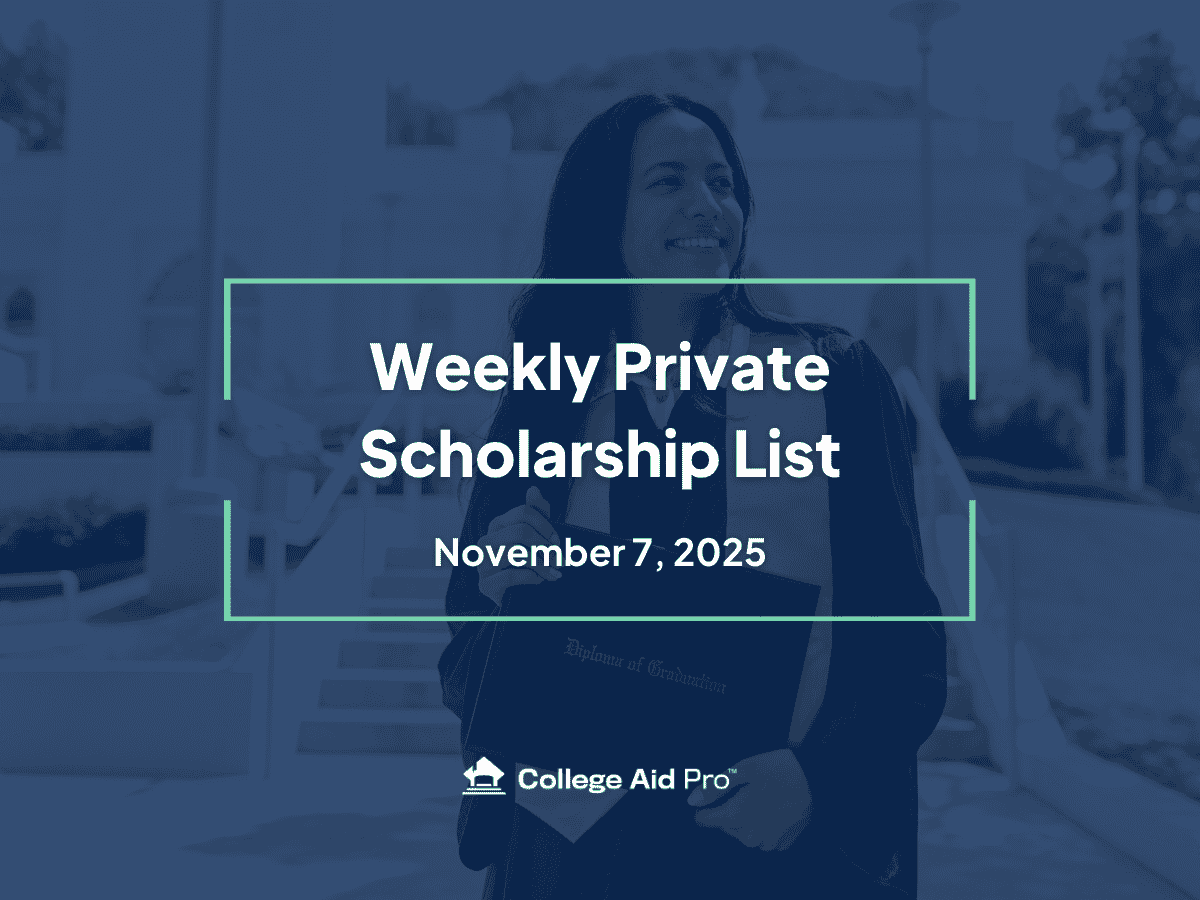Your Ultimate Early Action and Early Decision Timeline: The Playbook for College Applications
The journey to college is often a wild mix of exciting dreams and stress headaches. When you start considering applying early, things get fast. Understanding the nuances of the Early Action and Early Decision timeline isn’t just helpful—it’s your secret weapon for minimizing stress and maximizing your options.
Consider this your comprehensive, friendly guide to mastering the whole process. We’re here to empower you through this important phase of your academic adventure!

First Things First: Breaking Down Early Action vs. Early Decision
Before we dive into the application deadlines, let’s clear up the key difference between these two “early” options:
🚀 Early Action (EA): Your Free Pass
EA is a non-binding application process. Think of it as submitting your papers ahead of the regular crowd.
- The Perks: You typically get an admissions decision way earlier (often by December). This gives you the gift of time to compare financial aid offers and weigh all your options before the final commitment date in the spring.
- The Commitment: Zero. You are not obligated to enroll if accepted. It’s a risk-free peek into your future!
💍 Early Decision (ED): The Promise Ring
Unlike EA, ED is a serious, binding commitment.
- The Commitment: If you are accepted, you must enroll and withdraw all other pending applications. The student, a parent, and often the high school counselor are all required to sign an agreement confirming this pledge.
- The Rule: You can only submit one Early Decision application. (You can, however, submit EA or Regular Decision apps to other schools concurrently).
- The Vibe: Due to its binding nature, ED requires absolute certainty. It’s a huge decision that requires you to know this school is your undisputed, number-one choice.
Mastering the Early Action and Early Decision Timeline: The Phases
Whether you choose EA or ED, organization is everything. Here is the step-by-step Early Action and Early Decision timeline you need to stay on track:
Phase 1: Spring of Junior Year (The Prep Rally)
This is when the groundwork gets laid!
- College Research: Start identifying potential EA/ED candidates. Which schools feel like “home”?
- Test Prep: Get those standardized tests (SAT/ACT) done! Take them now to allow time for a strategic retake later if needed.
- Recs: Initiate communication with your favorite teachers for those glowing letters of recommendation. Don’t wait until they’re swamped!

Phase 2: Summer Before Senior Year (The Deep Dive)
Summer is for drafting and deadlines—not for slacking!
- Finalize Your List: Lock down the colleges for your early applications.
- The Master Calendar: Create one glorious, color-coded calendar with all application deadlines, test dates, and recommendation due dates.
- Essay Blitz: Begin drafting your personal statements and supplemental essays. Get the heavy lifting done while you’re not buried in homework.
Phase 3: Early Fall of Senior Year (The Final Countdown)
This is crunch time!
- Final Tests: Take any last-chance standardized tests.
- Get Signatures: Finalize those recommendation requests.
- SUBMIT! Complete and submit your applications well ahead of the early deadlines (usually mid-October or November 1st). Treat the official deadline as the absolute last second.
- The Backup Plan: Start chipping away at your Regular Decision applications just in case.
Phase 4: Late Fall / December (The Payoff)
The most exciting and nerve-wracking month!
- Confirmation: Triple-check that every material—transcripts, test scores, letters—has arrived at your colleges.
- Interviews: Prepare for and nail any interviews the colleges require.
- Decisions Arrive! Receive your early action or early decision decisions.
- ED Students: If accepted, celebrate! Then, immediately pull all other applications—you made a promise!
- EA Students: Evaluate offers and compare financial aid packages. You’ve got breathing room!

7 Pro Tips for Nailing the Early Action & Early Decision Process
Navigating the Early Action and Early Decision timeline successfully requires strategy. Here’s a quick-hit list of must-dos:
- Plan Ahead: Early birds get the worm (and less stress). Start identifying options during your junior year.
- Become a Calendar Guru: Stay organized with your master schedule. Those deadlines sneak up fast!
- Phone a Friend: Consult with teachers, counselors, and mentors. They have invaluable insights on college fit and strategy.
- Test Score Strategy: Take standardized tests seriously and early, allowing you a chance for a retake if needed.
- Essays are King: Dedicate time to crafting compelling, authentic essays that showcase your unique personality and achievements.
- Don’t Slump! Colleges look at senior-year grades. Maintain your academic excellence right through the final bell.
- Compare Apples to Apples: If you applied EA, use that extra time to truly compare the net cost of your offers, not just the sticker price.
The journey to college is about finding the right fit for your academic and personal growth, and getting ahead with the Early Action and Early Decision timeline gives you the best control over that outcome. Good luck—you’ve got this!



